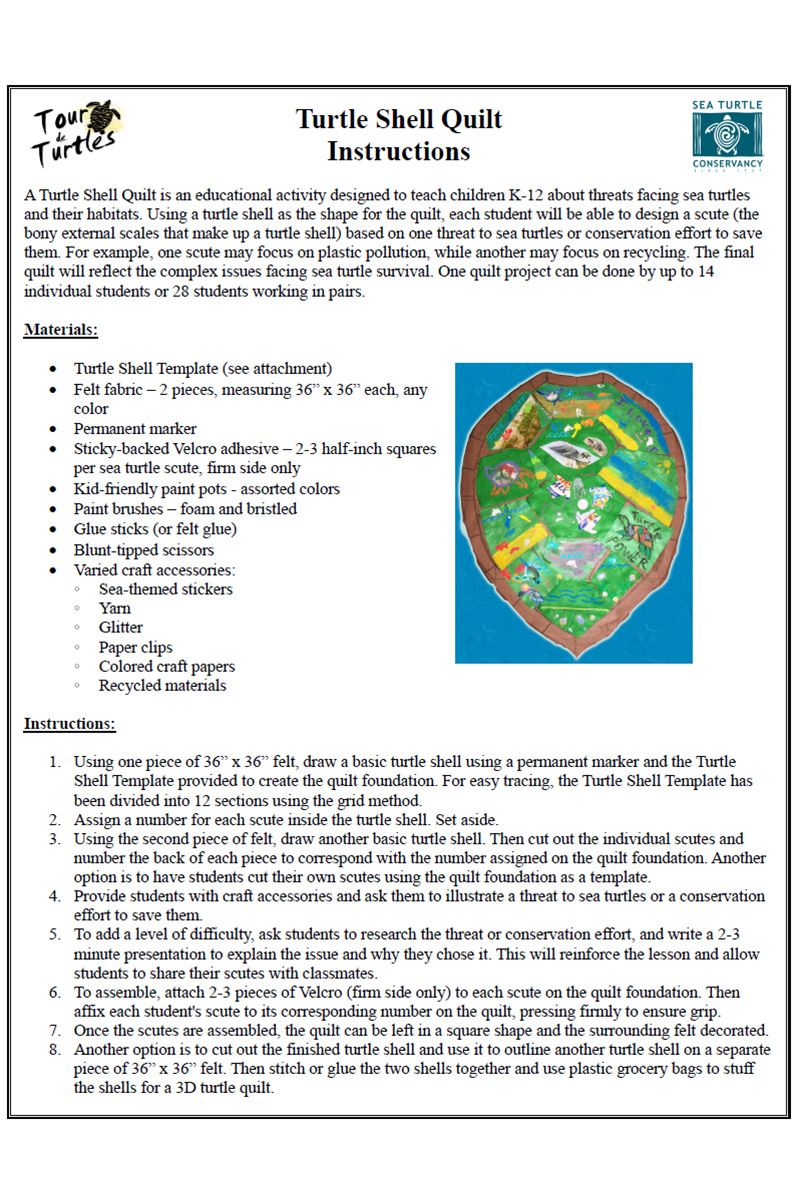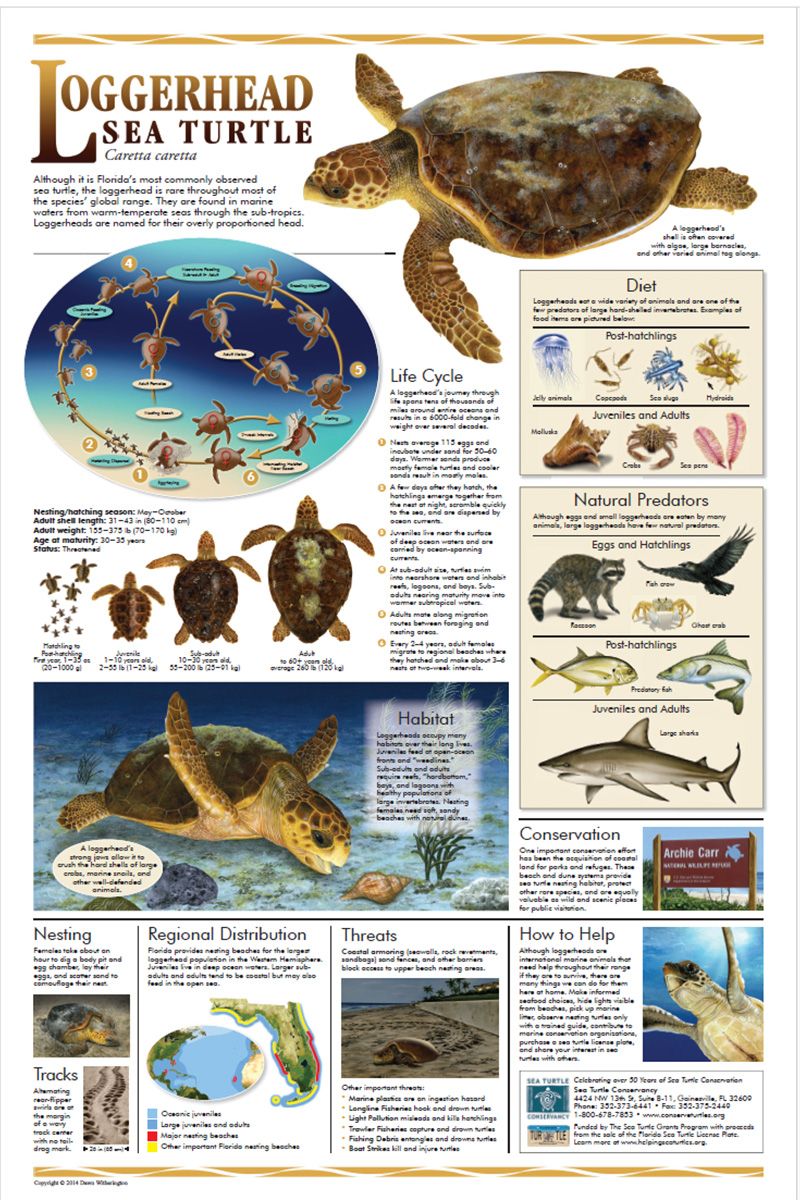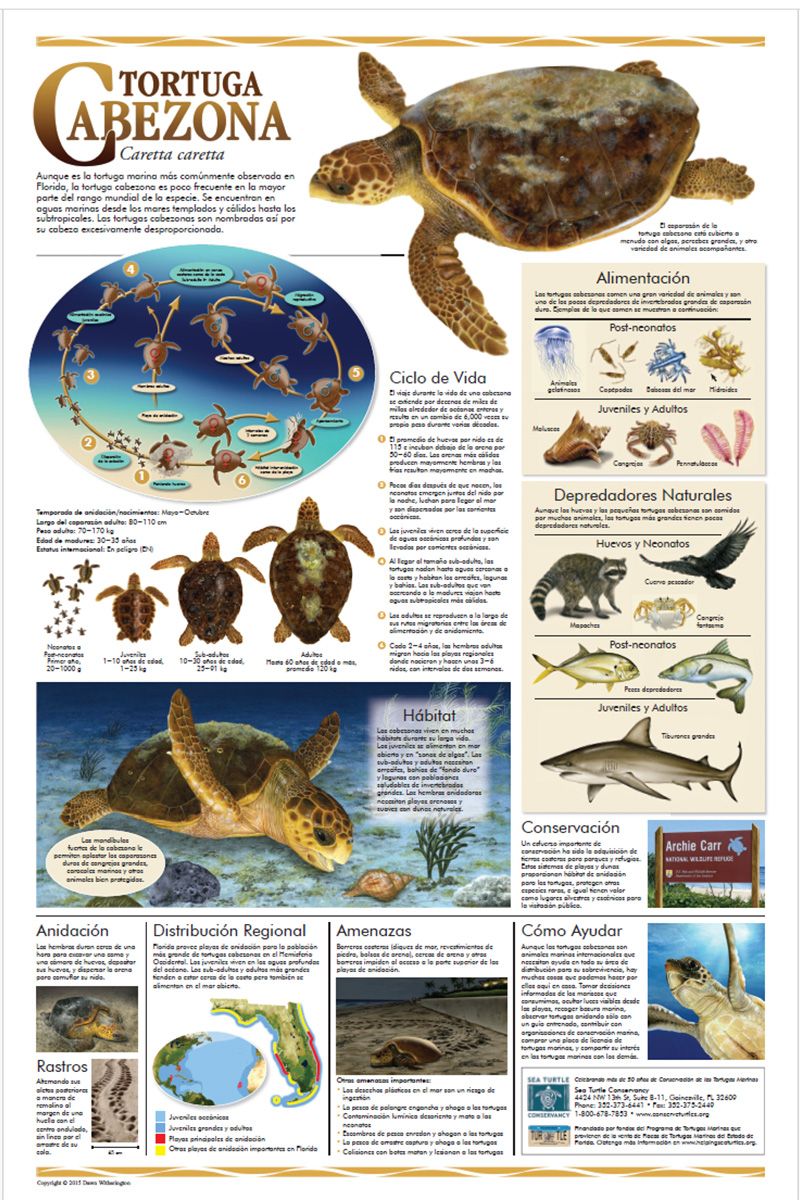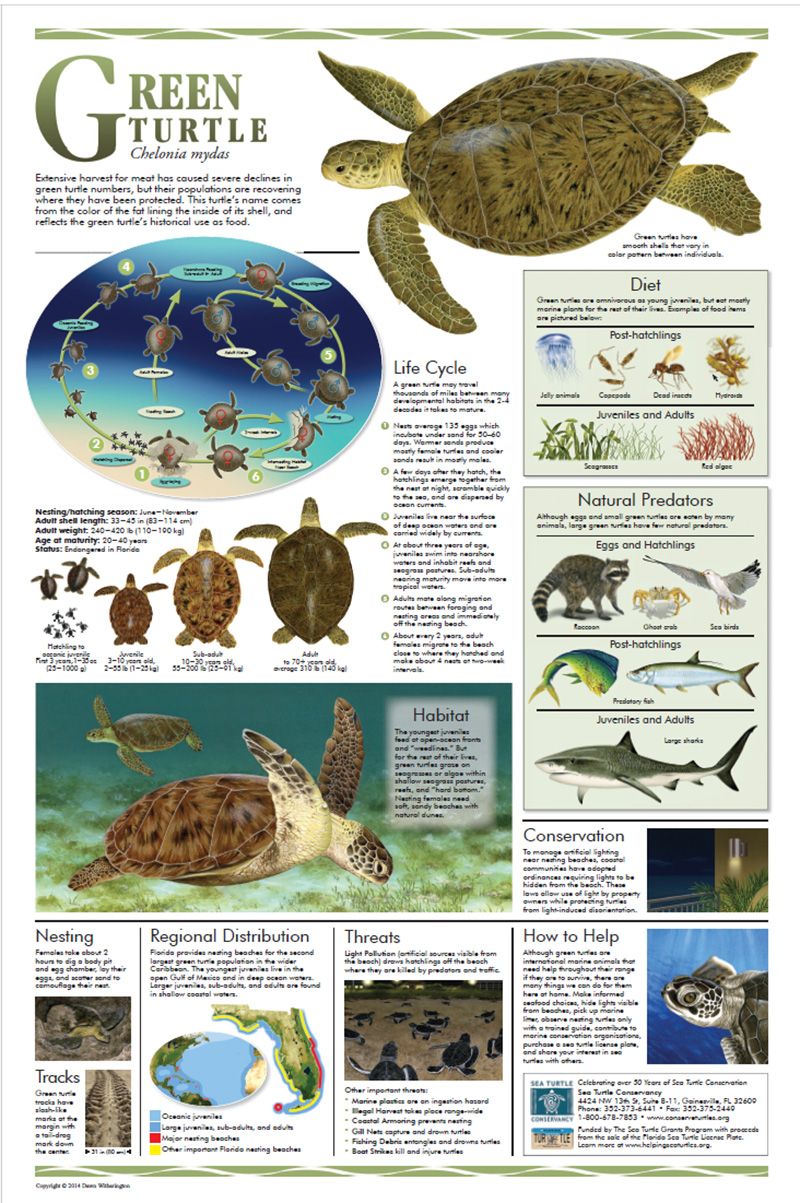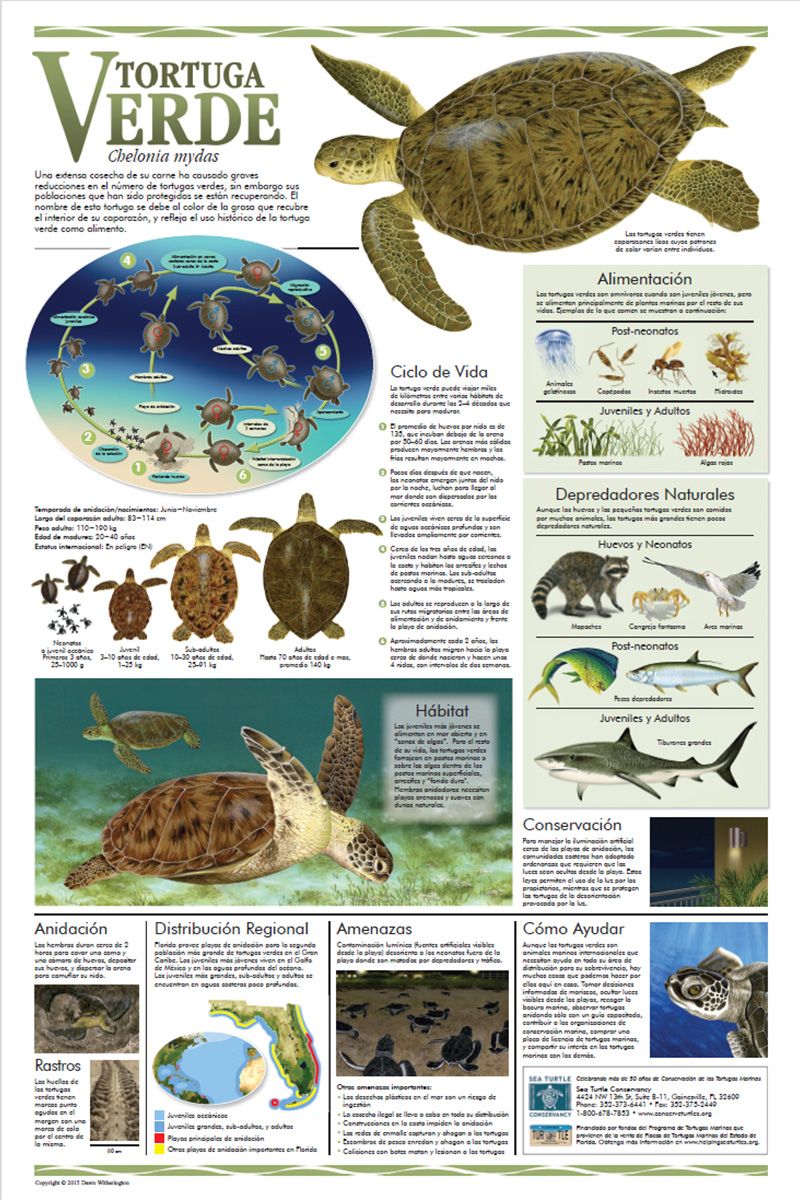Western Caribbean hawksbill turtles

Publication
Inter-nesting area use, migratory routes, and foraging grounds for hawksbill turtles (Eretmochelys imbricata) in the Western Caribbean
Publication Year: 2025
Authors: Stephen G. Dunbar · Daniel R. Evans · Lindsey R. Eggers · Quintin D. Bergman · Luis G. Fonseca · Frank V. Paladino · Lidia Salinas · Chelsea E. Durr
Abstract: The hawksbill turtle, Eretmochelys imbricata, has been at risk of extinction for more than 40 years and remains critically endangered. While nesting beach protection is important for hatchling production, identifying inter-nesting, migratory, and foraging habitats is crucial for mitigating threats to population recovery. We report the use of satellite telemetry to monitor movements of 15 hawksbill turtles in the Western Caribbean. Transmitters were deployed on nesting turtles in Honduras (2012 n = 2; 2017 n = 3), Costa Rica (2000 n = 2; 2014 n = 1; 2015 n = 1; 2018 n = 4; 2021 n = 1), and Panama (2017 n = 1). Hawksbill inter-nesting habitats ranged from 4-2,643 km2 (core 50% utilization distribution) for the 15–70 tracking days. Large inter-nesting area use may be a result of habitats adjacent to a narrow continental shelf with strong ocean currents, causing turtles to actively search for suitable habitats. Following nesting, these turtles engaged in migrations to foraging grounds that covered 73–1,059 km lasting between 5–45 days. During migrations, turtles regularly altered their direction relative to ocean currents, using with-current movement to counteract against-current movement. Hawksbills from multiple beaches congregated in the same foraging habitat, despite nesting in different years. Turtles in this study foraged along the coastal and continental shelves of Nicaragua, Honduras, Belize, and Mexico, with turtles from disparate nesting sites utilizing the Nicaragua Rise hotspot area. Foraging area use was generally smaller (n = 8, 6–705 km2) than inter-nesting area use, possibly indicating that foraging habitats provided necessary food and resting areas. These data help us better understand inter-nesting and foraging habitat locations, core area use, and post-nesting migrations. Together, this provides vital information to mitigate potential in-water threats to critically endangered adult hawksbills along Western Caribbean migration
corridors.
